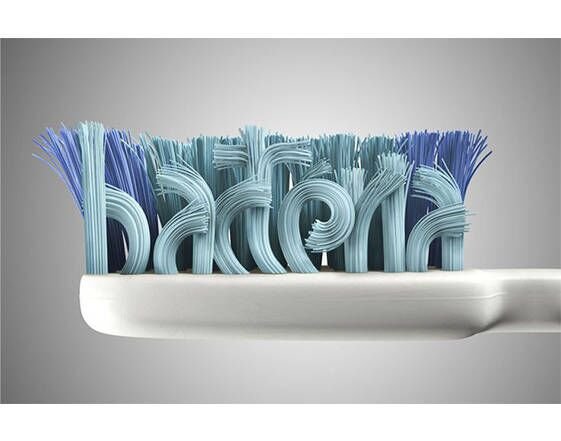When it comes to maintaining good oral hygiene, toothbrushes are a staple tool that we use every day. We might take them for granted, but toothbrushes have a fascinating history and some quirky facts associated with them. From ancient civilizations to modern innovation, let’s delve into the world of toothbrushes and discover some fun facts that will surely make you smile.
1. Ancient Origins
Believe it or not, the concept of toothbrushes dates back as far as 3500 BC! Ancient civilizations like the Babylonians and the Egyptians used frayed twigs from aromatic trees as a form of dental cleaning. These early versions of toothbrushes were not only used for oral hygiene but also served as a breath freshener.
2. Bristle Beginnings
The modern toothbrush as we know it today started to take shape in the 15th century in China. The Chinese used boar bristles attached to handles made from bamboo or bone. These early bristles were quite coarse, making for an interesting brushing experience compared to today’s soft nylon bristles.
3. William Addis’ Bright Idea
In the late 18th century, an Englishman named William Addis revolutionized toothbrush design. While imprisoned, he crafted a toothbrush using a bone handle and swine bristles. Upon his release, he founded a company that mass-produced these toothbrushes, making dental care more accessible to the general public.
4. Nylon Bristles’ Arrival
It wasn’t until the late 1930s that nylon bristles were introduced by Dupont, replacing the natural bristles that were commonly used. This innovation made toothbrushes more comfortable and effective for cleaning teeth, and it marked a significant advancement in oral hygiene practices.
5. The Electric Evolution
The first electric toothbrush was invented in 1939 in Switzerland, but it wasn’t until the 1960s that electric toothbrushes gained popularity. These brushes, with their vibrating or rotating heads, provided a new level of convenience and efficiency in cleaning teeth.
6. The Moon Connection
Believe it or not, toothbrushes have made their way to the moon! During the Apollo missions, astronauts used a special toothbrush that didn’t require water since regular rinsing wasn’t possible in the zero-gravity environment of space.
7. A Brush with Bristle Count
Have you ever wondered how many bristles are on a toothbrush? Well, on average, a toothbrush has about 2,500 to 3,000 bristles neatly arranged to help scrub away plaque and food particles from your teeth.
8. Changing Colors
Some toothbrushes come with bristles that change color to indicate when it’s time to replace the brush. This feature helps users maintain their oral hygiene by ensuring they change their toothbrushes regularly.
9. World Record Holder
The world record for the most people simultaneously brushing their teeth at a single venue is an achievement held by Colgate-Palmolive (Mexico), where 13,380 participants brushed their teeth together in 2016.
10. Eco-Friendly Innovations
With growing environmental concerns, toothbrushes have seen eco-friendly alternatives. Bamboo toothbrushes have gained popularity due to their biodegradability and sustainability compared to plastic ones.
In conclusion, toothbrushes might seem like a mundane part of our daily routine, but their history and evolution are anything but ordinary. From ancient chew sticks to modern electric brushes, toothbrushes have come a long way in aiding our oral health. So, the next time you pick up your toothbrush, remember the fascinating journey it represents in the quest for cleaner, healthier teeth.



